Harvest at Freitag Farms
Pubblicato: 27.10.2019
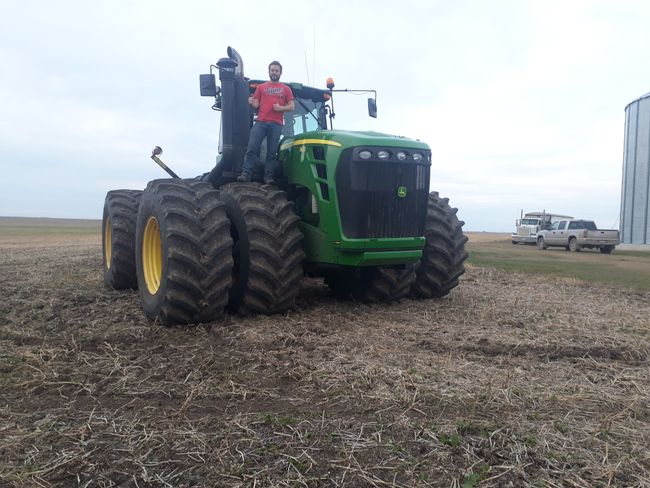
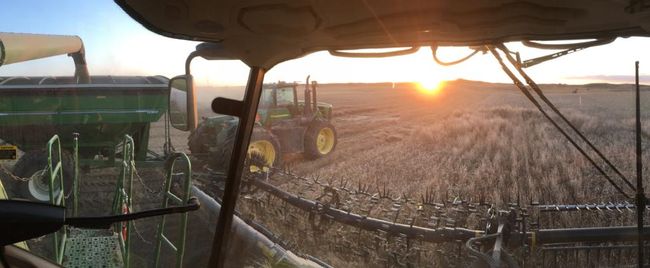
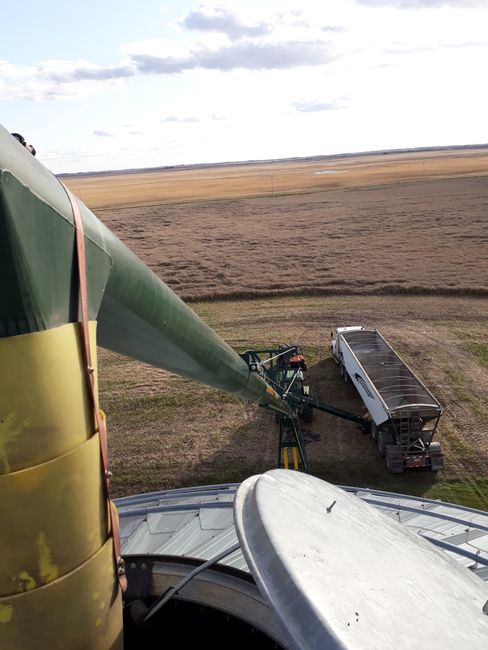
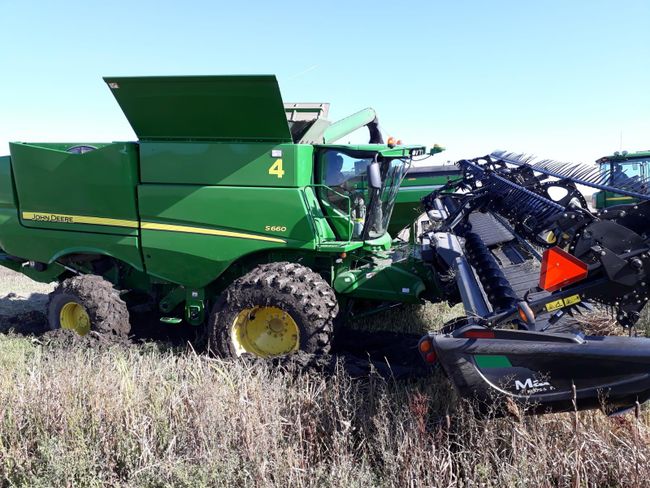
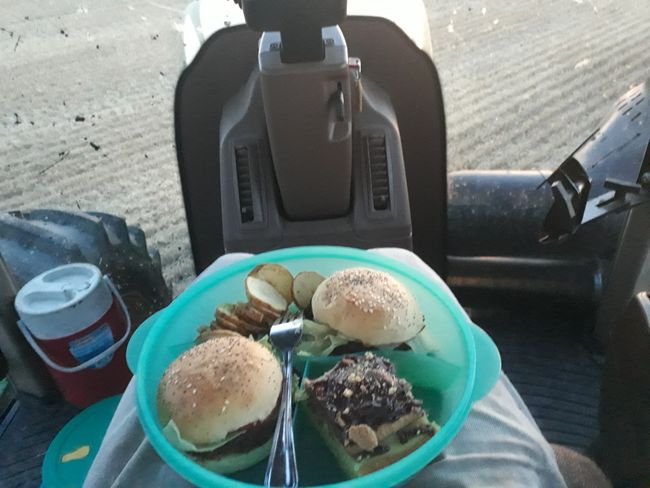
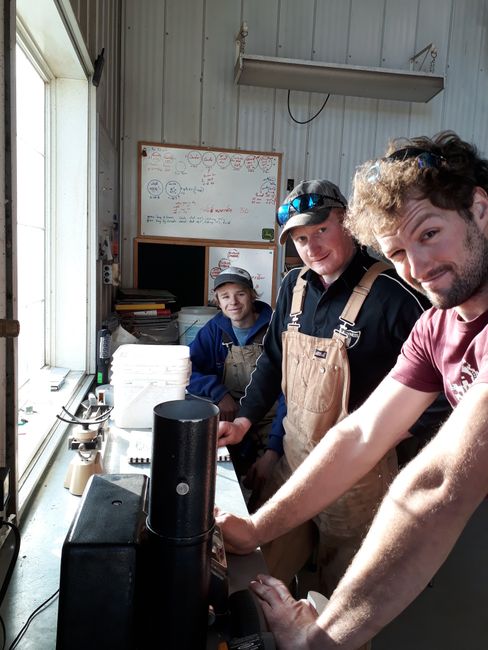
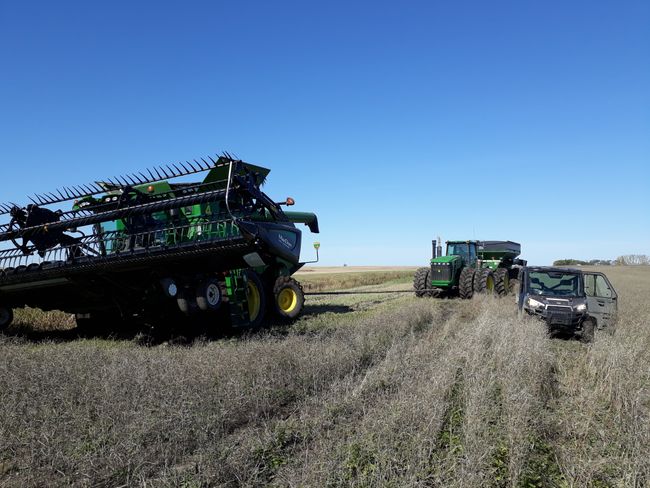

Iscriviti alla Newsletter
The weather in Saskatchewan is very unpredictable this year, making the harvest very difficult for farmers. Under good conditions, farmers are finished by mid to late September. We just finished at the beginning of the week. Bad for the farmers, but good for me, because I was able to take full advantage of harvest time.
When the first farmers arrived here in the 18th and 19th centuries, they could settle on a piece of land and cultivate it. Since then, the landscape has changed from huge grasslands to gigantic monocultures (primarily wheat and canola). The roads between the fields (but also in cities) always run north, east, west, or south. There are very few curves. In addition, the field sizes are usually standardized. A 'section' is exactly one square mile in size (1.6km * 1.6 km / 256 ha). There is usually a road (gravel road) between the individual 'sections'. If you only own a 'half section', it is naturally only half as large. The smallest unit is usually the 'quarter'. The field size is then 800m * 800m (64 hectares). This makes directions and communication in the field particularly easy. The five combines and two grain carts (trailer + tractor) are connected via radio. If a combine is full or stuck, it calls for one of the grain carts via radio and announces its location. Of course, there is also some gossip over the radio. In addition, the combines are numbered. The unloading from the combine to the trailer is done while driving to avoid losing time. When the trailer is full after a few loads, it goes back to the grain silo or into a grain bag (a huge tube in the field) to unload. The whole operation starts as soon as the grain is dry enough. To do this, a sample is simply taken before the start and the moisture content in the grain is measured. Since there are often strong winds here, drying can happen very quickly. Then it usually starts quite quickly, or there is still an hour of waiting.
When I arrived, I was initially at the conveyor belts of the silos. The trailers come to the silo and load into a truck from which the grain is then poured into a conveyor screw and driven into the silo. The last two weeks, I drove a grain cart. That is a lot of fun. The vehicles are huge and handle loads playfully. Fortunately, the surroundings are also very spacious, so you have plenty of space while driving. The tractors have either 325/425/525hp. You have to be careful, especially when unloading the combines, to avoid touching them and causing major damage. A grain cart can hold up to 25 tons of grain, which is very noticeable during the drive. After we finished our harvest, we helped out at a neighboring farm for a day. Now all the machines are being cleaned and prepared for winter, as hardly anyone will be on the farm during the winter before it starts again in spring. Overall, the work was always a lot of fun because the environment fit as well. The boss offered me to work for him again in spring, which made me very happy. Whether I end up on the farm again, is still uncertain...
Iscriviti alla Newsletter
Risposta

